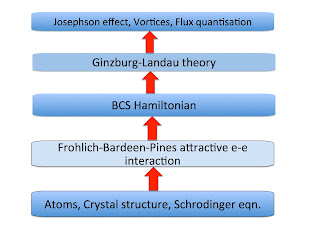The Institute of Advanced Study at Durham University has organised a public lecture series, "The Future of the University." The motivation is worthy. In the face of this rapidly changing landscape, urging instant adaptive response, it is too easy to discount fundamental questions. What is the university now for? What is it, what can it be, what should it be? Are the visions of Humboldt and Newman still valid? If so, how? The poster is a bit bizarre. How should it be interpreted? Sadly, it is hard for me to even imagine such a public event happening in Australia. Last week one of the lectures was given by Peter Coveney , a theoretical chemist at University College London, on funding for science. His abstract is a bit of rant with some choice words. Funding of research in U.K. universities has been changed beyond recognition by the introduction of the so-called "full economic cost model". The net result of this has been the halving of the number of grant


